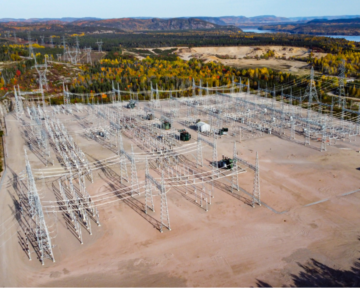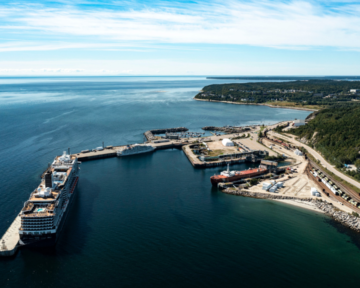In the Manicouagan – Uapishka Biosphere Reserve in Quebec (Canada), the port of Baie-Comeau stands out as a beacon of diversity. The regional port plays an important role on the Saint Lawrence as a port of call for international cruise ships, and as a centre for manufacturing and export of finished and semi-finished products. The port also captures a significant proportion of eastern Canada’s grain exports, and has one of the country’s largest grain terminals.
Its city, Baie-Comeau, possesses a unique heritage derived from its industrial history and offers adventure activities based on the natural environment that surrounds the built area.
The port is a well-established part of the local community, and has taken numerous steps to develop its operations while ensuring that its infrastructures continue to serve the public. The port is popular with citizens and visitors interested in groundfishing or observing marine mammals.
With recently refreshed governance and a new-look business model, the port is opening a new chapter in the maritime history of Baie-Comeau.
Interview with Karine Otis, President & CEO of the Port of Baie-Comeau.
“In brief”
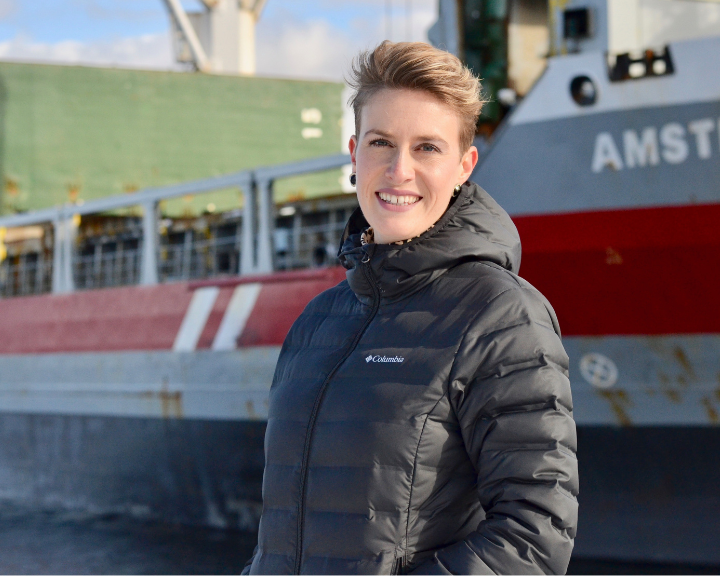
AIVP – You recently joined our association. Can you briefly describe your organisation for us?
Our port is different from most other Canadian ports, as we are a private operation, but are governed by a non-profit organisation with a public interest mission. In 2021, our organisation acquired the port from the Canadian government with the aim of relaunching it and making it a lever for the region’s sustainable development. Essentially, the move has enabled the port to act as a catalyst for growth and contribute to the expansion of Canada’s maritime industry, while generating benefits for our local community.
Baie-Comeau is a centre for cargo and passenger transfer in eastern Quebec, as the city lies at the crossroads of one of the province’s busiest northern routes leading to Canada’s biggest mining sites. The port is connected to the continental rail network, making it an efficient multimodal port that enables our large region to export its resources and manufactured goods. Finally, it is also home to the largest ferry service in Quebec, which helps to make Baie-Comeau a tourist hub teeming with activities in the summer period.
Commercially, our installations are mainly used for transshipment of general freight, and also bulk goods. We are also very proud to be one of the nine (9) ports of call for cruise ships on the Saint Lawrence. On average, we welcome around 15,000 passengers from the United States and Europe annually, and are working very hard to increase the number of visitors.
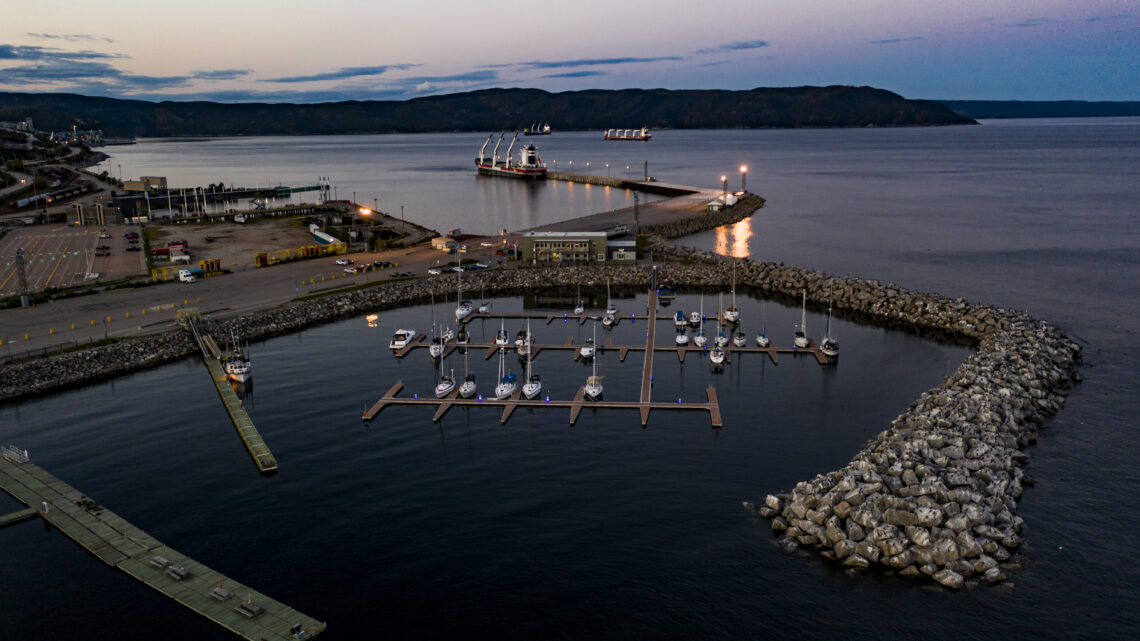
Port-City relations
AIVP – What are you expecting from our international network, and what can you do for our members?
Due to its numerous facets and being located very close to a dynamic and very busy marina, it is vital for the port to demonstrate excellence when it comes to relations with the local community and environmental performance, among other things. By joining your organisation, we aim to forge connections and dialogue with other ports, cities, and organisations that will give us food for thought and help us create the right tools to develop our activities for the benefit of the community. In return, we believe we can offer the AIVP and its members the expertise of an organisation that is part of a UNESCO World Biosphere Reserve. Here, industrial port activities combine “conservation and sustainable use of biodiversity”. It’s a challenge that we and our businesses do our best to meet, every day!
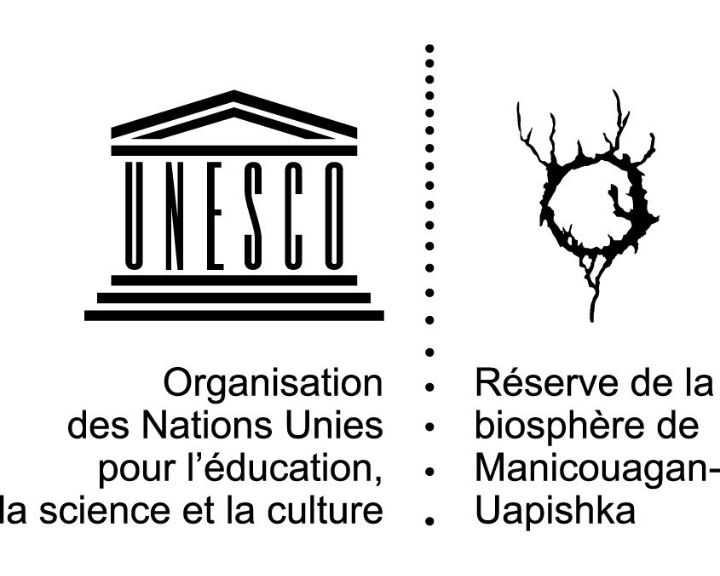
Forging a closer relationship with the public
AIVP – In 2022, ownership of Port Baie-Comeau’s installations was transferred to Baie-Comeau Port Management Corporation, to restore control to the community. You also created a sustainable development committee. How important is it for you to include the community in the port’s governance and operation?
Firstly, it is important to understand that the community has a strong cultural attachment to its port. In the last 50 years, when the port was under the responsibility of the Canadian government, the community was allowed frequent access to the installations, to walk, fish, or gather with family. As our operations have grown, public access has become more limited. We therefore need to develop alternatives with the community, so that people can continue enjoying the magnificent coastline we have here. Our sustainable development committee was created to provide a conduit for communication and consultation, representing the interests of the public. It is the main point of contact between the port and the community. The committee’s role is to give the port’s management and board of directors guidance on issues to do with the environmental, social, and economic impacts of the port’s activities, particularly for communities in Manicouagan.
In addition to the sustainable development committee, our organisation has also worked to establish links with the Innu community in Pessamit, around 30 kilometres from Baie-Comeau. It reflects our recognition that the port’s transshipment activities are closely linked to the growing industrial activities in the Nitassinan, which is the Innu community’s ancestral territory. This relationship is laying the ground for promising partnerships in the future.
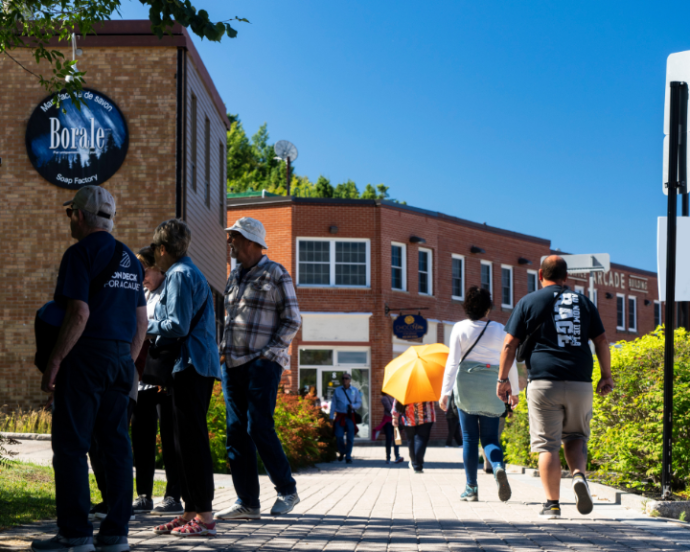
© Port de Baie-Comeau
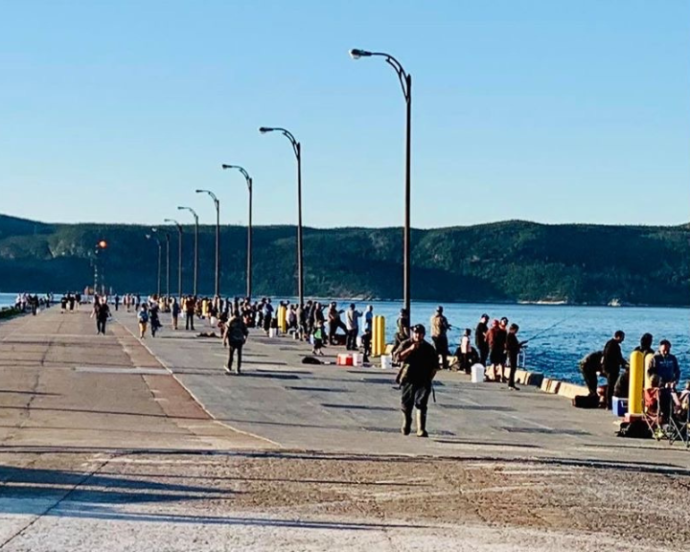
© Port de Baie-Comeau
Clean energy cluster
AIVP- You have formed a consortium to ask the next government of Quebec to prioritise the Baie-Cormeau industrial port zone for an energy block. Can you explain the aim of that request and why these particular stakeholders have decided to collaborate?
The immediate Baie-Comeau region accounts for more than 25% of Quebec’s total hydro-electric generation. Obviously, we are proud of that. As you know, the energy transition and decarbonisation targets are going to put considerable pressure on clean energy production and distribution networks. As an already heavily electrified industrial centre, we have joined local stakeholders to ask the Quebec government to focus more efforts on developing green energies in our region. We have all the assets needed to be a major clean energy production centre. Green hydrogen, green methanol, and wood-based biofuels are all examples of energy sources that will serve human activity in the future. We simply want to contribute to the best of our ability.

